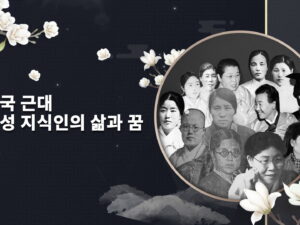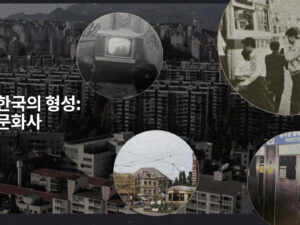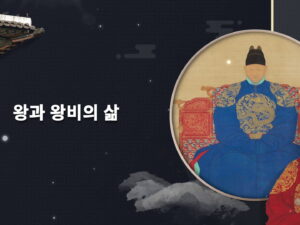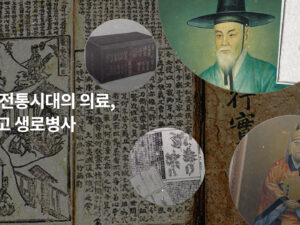Production and Consumption in Modern and Contemporary Korean History
- Description
- Curriculum
- Notice
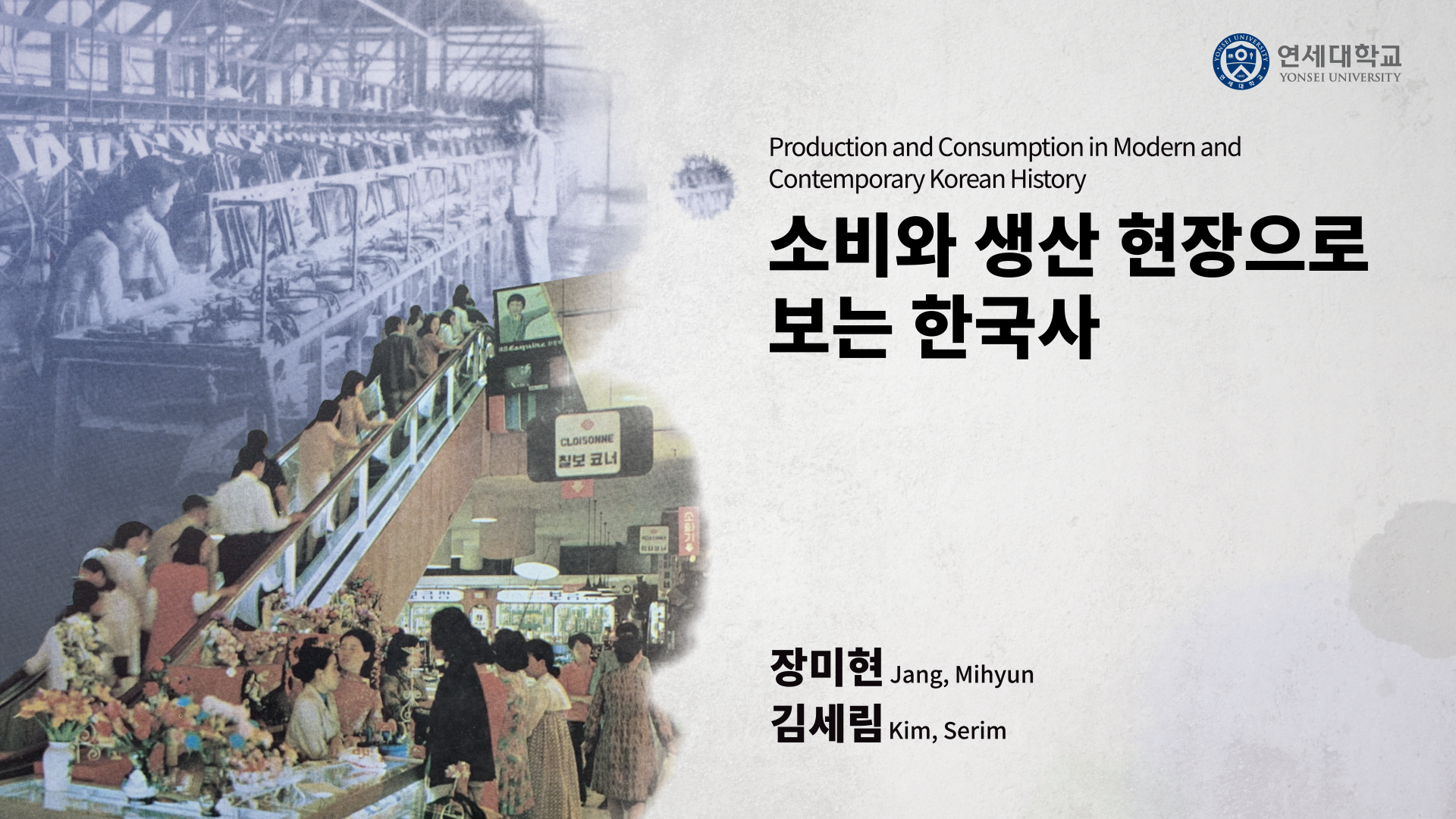
Course Introduction
This course examines how key actors, such as workers, corporations, and the government, have perceived labor and the laws and systems they have created regarding working conditions and the rights and duties of laborers at production sites from the post-liberation period to the present day.
Learning Objectives
1. Students will understand the historical characteristics of production and consumption in each period from the post-liberation era to the 1980s.
2. Students will examine the process of introducing the laws and systems related to workers, who play a crucial role at production sites.
3. Students will identify the characteristics of the era as shown through labor, a process of production, and consumption, a part of life, and grasp their specific aspects through the lens of energy, textiles, and grains.
4. Students will cultivate a perspective for understanding current labor issues through the study of past history.
-
11-1. Production Conditions Created by Forced Mobilization at the End of the War
-
21-2. Colonial Koreans in the Production Sites during the Late Stages of the War
-
31-3. Post-Liberation Conditions of Production and Consumption
-
41-4. Female Workers' Working Conditions and Labor Disputes under the U.S. Military Government Period
-
268-1. Milk Production and Consumption under the Japanese Rule: The Gyeongseong Milk Industry Cooperative
-
278-2. Distribution of Milk and Powdered Milk for Nutritional Support after the Korean War
-
288-3. Livestock and Dairy Promotion Policies under the Park Chung Hee Regime
-
298-4. Formation of South Korea’s Meat Distribution System
Jang, Mihyun
Visiting Researcher, Institute of Korean Studies, Yonsei University
Kim, Serim
Researcher, The Institute for Korean Historical Studies







